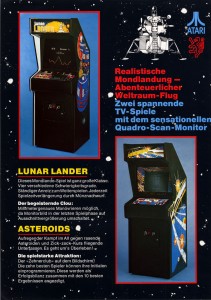Archive for June 2024
Jet Mail
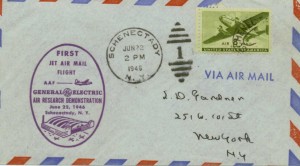 June 22, 1946
June 22, 1946
In a demonstration of the capabilities of jet aircraft, Army Air Corps pilots Kenneth Chilstrom and Robert Baird transport mail in a Lockheed P-80 Shooting Star, thus making the first delivery of mail by jet aircraft.
Greenwich Becomes Mean
June 22, 1675
 King Charles II of Britain decrees the establishment of an observatory at Greenwich for the purpose of finding better ways of determining the longitudinal locations of ships at sea. The prevailing theory at the time was that accurate star charts combined with a table of the moon’s position would help navigators establish how far east or west of Greenwich they were located. Ironically, this method did not prove reliable enough and eventually a time-based method was developed when clockmaker John Harrison created spring-driven timepieces that could keep accurate enough time on ships. It took nearly 100 years after the establishment of the Royal Observatory at Greenwich for Harrison’s method to be accepted as a reliable standard. British mariners would set at least one chronometer on their ship to Greenwich Mean Time in order to calculate their precise longitude. By 1884 72% of global commerce used nautical charts based on Greenwich and in that year it was established as the Prime Meridian of the world which also lead to Greenwich Mean Time becoming the international time standard. In the 1970’s Coordinated Universal Time (UTC) would become the world time standard, using GMT as its base time zone (UTC+00:00).
King Charles II of Britain decrees the establishment of an observatory at Greenwich for the purpose of finding better ways of determining the longitudinal locations of ships at sea. The prevailing theory at the time was that accurate star charts combined with a table of the moon’s position would help navigators establish how far east or west of Greenwich they were located. Ironically, this method did not prove reliable enough and eventually a time-based method was developed when clockmaker John Harrison created spring-driven timepieces that could keep accurate enough time on ships. It took nearly 100 years after the establishment of the Royal Observatory at Greenwich for Harrison’s method to be accepted as a reliable standard. British mariners would set at least one chronometer on their ship to Greenwich Mean Time in order to calculate their precise longitude. By 1884 72% of global commerce used nautical charts based on Greenwich and in that year it was established as the Prime Meridian of the world which also lead to Greenwich Mean Time becoming the international time standard. In the 1970’s Coordinated Universal Time (UTC) would become the world time standard, using GMT as its base time zone (UTC+00:00).
UNIX and UNIX-based operating systems keep time by using UTC and applying an offset for the local time zone. Notably only the Windows operating system uses local time as the assumptive basis for your computer’s clock. In fact, UNIX-based operating systems define the current time by the number of seconds which have passed since 00:00:00 UTC on Thursday, 1 January 1970, otherwise known as the UNIX epoch. So for those of you following along, a decree by a king in 1675 is the basis for how much of our technology of today keeps track of time.
SpaceShipOne – First Private Space Flight
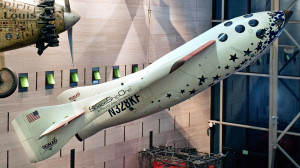
June 21, 2004
Financed by Microsoft co-founder Paul Allen, SpaceShipOne becomes the first spacecraft developed by the free market to enter spaceflight. Launched from a mothership named White Knight, SpaceShipOne flew just beyond the atmosphere into the threshold of space then glided back to Earth. SpaceShipOne would later win the $10 million Ansari X Prize for the first non-government organization to launch a reusable manned spacecraft.
First Stored Program Run
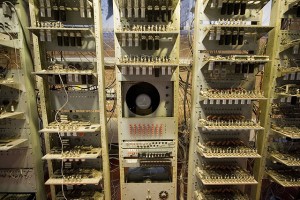 June 21, 1948
June 21, 1948
The first program on the world’s first stored-program computer, the Manchester Small-Scale Experimental Machine (SSEM) is run. This first program was designed to test the computer’s reliability and ran for 52 minutes performing 3.5 million operations.
SEAC Machine Dedicated
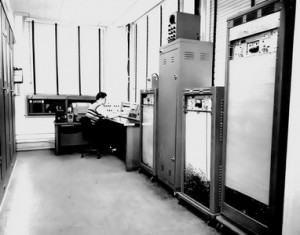 June 20, 1950
June 20, 1950
The National Bureau of Standards dedicated the SEAC (Standards Eastern Automatic Computer) in Washington. The SEAC was the first computer to use all-diode logic, a technology more reliable than vacuum tubes, and was the first stored-program computer completed in the United States. Magnetic tape in the external storage units stored programming information, coded subroutines, numerical data, and output.
Viking 1 Enters Mars Orbit
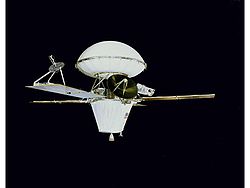 June 19, 1976
June 19, 1976
The Viking 1 spacecraft enters into orbit around the planet Mars, 10 months after being launched from Earth. Viking 1 would become the first US spacecraft to land on Mars and the first spacecraft overall to successfully soft land and perform a mission on Mars. Viking 1 operated on Mars for 2,307 days which equates to over 6 1/4 years or 2245 Martian solar days, which was the longest Mars surface mission until the record was broken by the Opportunity rover in May of 2010.
Microsoft Introduces BASIC for 8086
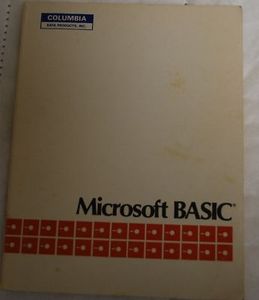 June 18, 1979
June 18, 1979
In use at the time by over 200,000 computers with the Z80 and 8080 processors, Microsoft BASIC is introduced for the 8086 16-bit microprocessor. By being one of the first to offer a version of the BASIC programming language for a 16-bit processor and making it compatible with their 8-bit versions of BASIC, Microsoft helped move forward 16-bit computing. But perhaps more importantly, by developing for the 8086 processor, they soon formed a relationship with Seattle Computer Products, one of the first companies building computers with an 8086 processor.
As fate would have it, in 1980 Seattle Computer Products was forced to develop an operating system for their computers because a version of the very popular CP/M operating system was delayed for the 8086. It was this 8086 operating system, which SCP called QDOS (for Quick and Dirty Operating System), that Microsoft soon bought the rights for and licensed to IBM for their new PC. And Microsoft thus began their transformation from a simple software development company in the early history of personal computing to one of the most dominant technology companies in history.
DES Cracked
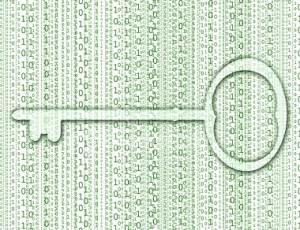 June 17, 1997
June 17, 1997
A group of users organized over the Internet cracked the Data Encryption Standard — the strongest legally exportable encryption software in the United States to that point — after only five months of work. The United States at the time banned the export of stronger encryption software out of fear that it would be used by terrorists, but companies designing the software claimed such restrictions were worthless because foreign countries offer much stronger programs. The US eventually relaxed certain restrictions but to this day still claims to exert authority over encryption technologies under the commerce clause.
First Two Video Games Copyrighted
Atari’s Asteroids and Lunar Lander become the first two video games to be registered with the US Copyright Office. This was an important step in the evolution of intellectual property rights for the emerging video game industry.
On a side note, I could only find one image that had both games – can anyone translate the German?
Ford Motor Company Incorporated
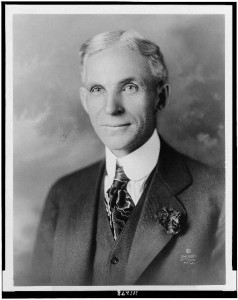 June 16, 1903
June 16, 1903
Henry Ford incorporates the Ford Motor Company with ten investors and $28,000. Ford will begin building automobiles on Mack Avenue in Detroit in a converted factory that previously produced wagons. This was Ford’s 3rd attempt at building a company that produced cars and the investment was down to $300 before the first Ford was sold. Eventually the Ford Model T would be largely responsible for popularizing the automobile to the general public, at one point representing half of all cars on the road.

